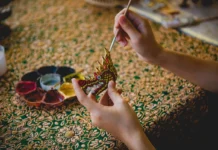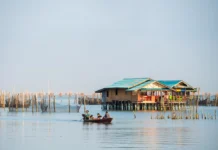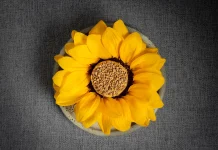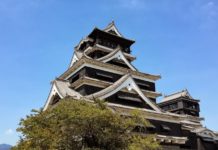Tucked high in the mist-veiled hills of Chiang Rai Province in northern Thailand, Ban Wawee lies quietly on the forested slopes of Doi Wawee mountain. The air here is crisp, the rhythm unhurried, and the scent of sun-warmed tea leaves lingers on the breeze—a subtle nod to a heritage deeply steeped in both nature and tradition.
This is where Thailand’s first tea plantations took root, and where the ancient story of forest tea—Camellia sinensis var. assamica—unfolds with every plucked leaf. For generations, locals have tended to these wild-growing tea trees, some of which predate the arrival of Chinese soldiers from the 93rd Division who settled in the region around the same time as the now-famous Doi Mae Salong community.

Before tea was brewed in porcelain pots, villagers here chewed or fermented its leaves to make miang, a traditional pickled tea. The Chinese newcomers introduced brewing techniques, laying the foundation for a unique cultural fusion. But it wasn’t until the second generation of the Wawee Tea Plantation invited a Chinese tea master that a startling truth was unearthed: many of these twisted, majestic tea trees were over a thousand years old. Even the “young” ones are several centuries old—living relics of the forest, producing tea of astonishing complexity.
Today, Wawee’s revered forest tea is hand-harvested and crafted with precision, often transformed into pu-erh-style tea—fermented and pressed into cakes using age-old Chinese methods. Prized for its earthy depth and healing qualities, this tea is now quietly gaining recognition in high-end markets across Taiwan, Malaysia, and Singapore.

Despite its quiet allure, Ban Wawee is often misidentified with its flashier neighbour, Doi Chang—just 40 kilometres away but with an entirely different spirit. While Wawee whispers tea tales in Chinese dialects, Doi Chang sings in Akha rhythms and is celebrated for its exceptional coffee. This hilltop village is home to the Highland Agricultural Research and Development Centre, where the Doi Chang Coffee Estate has achieved cult status for its single-origin beans grown under a certified geographical indication—coffee that’s smooth, aromatic, and best savoured with sweeping views of mist-draped peaks.
Whether you’re winding your way through tea forests in Ban Wawee or sipping award-winning coffee in Doi Chang, both villages invite you into the quiet poetry of northern Thailand—a region where culture, flavour, and history unfold in every cup.
Plan Your Visit
The most flexible route to Ban Wawee from Chiang Rai town (approx. 85 km) is by private car or rental vehicle, taking 2–2.5 hours. Adventurous travellers may opt for motorbike, though the mountainous roads favour experienced riders. Some guesthouses offer private transport upon request.
Things to Do in Ban Wawee
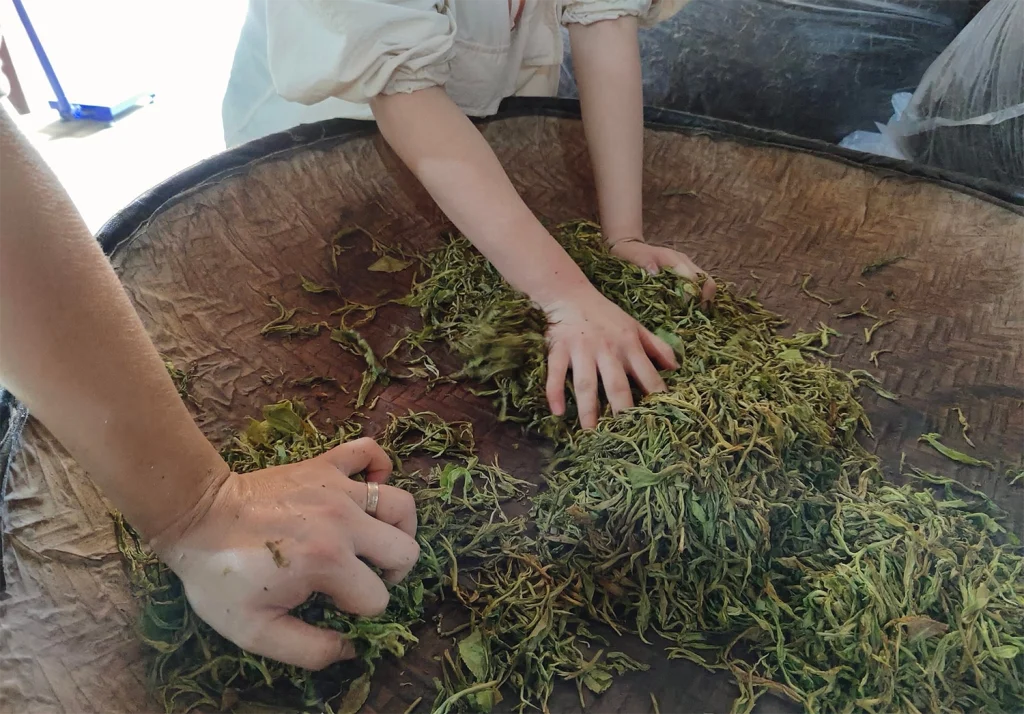
Join the Morning Tea Harvest
Wake with the sun and walk into the forest with local villagers as they gather tea leaves from ancient trees. Dressed in elaborate traditional attire, Akha women bring timeless grace to this daily ritual.
Watch Traditional Tea Processing
Step into shaded courtyards where tea leaves are spread out to dry in the morning light. This slow, sun-cured process, passed down through generations, preserves the forest’s essence in every sip.
Taste Rare Forest Teas
Sample teas crafted from thousand-year-old Camellia sinensis trees, rich in history and flavour. Try the local pu-erh, an aged, pressed tea with deep, fermented notes that echo its mountain origins.
Stroll Through Living Culture
In this culturally layered village, Yunnanese Chinese still speak Mandarin at home and converse in their ethnic tongues. Wooden houses in classical Chinese style dot the hillsides, preserving a heritage seldom seen elsewhere in Thailand.
Visit the Morning Market
Rise early to experience the village market, where locals sell seasonal wild fruits and roots foraged from the surrounding forest—plums, wild yams, ba-fan (mountain peaches), fingerroot, ginger, and bamboo shoots—at surprisingly modest prices.
Photograph the Highland Beauty
From tea-covered slopes to misty valleys and slow village life, Ban Wawee offers photographers a dreamy palette of colours, textures, and cultural moments.
Detour to Mio Chor Tae Waterfall
Tucked in the forest near Ban Wawee, this nine-tiered waterfall is a serene escape. With four dramatic cascades plunging 30 to 50 metres, Mio Chor Tae stretches over 500 metres and flows year-round. A short hike leads to its most photogenic spots—an invigorating reward for nature lovers.


